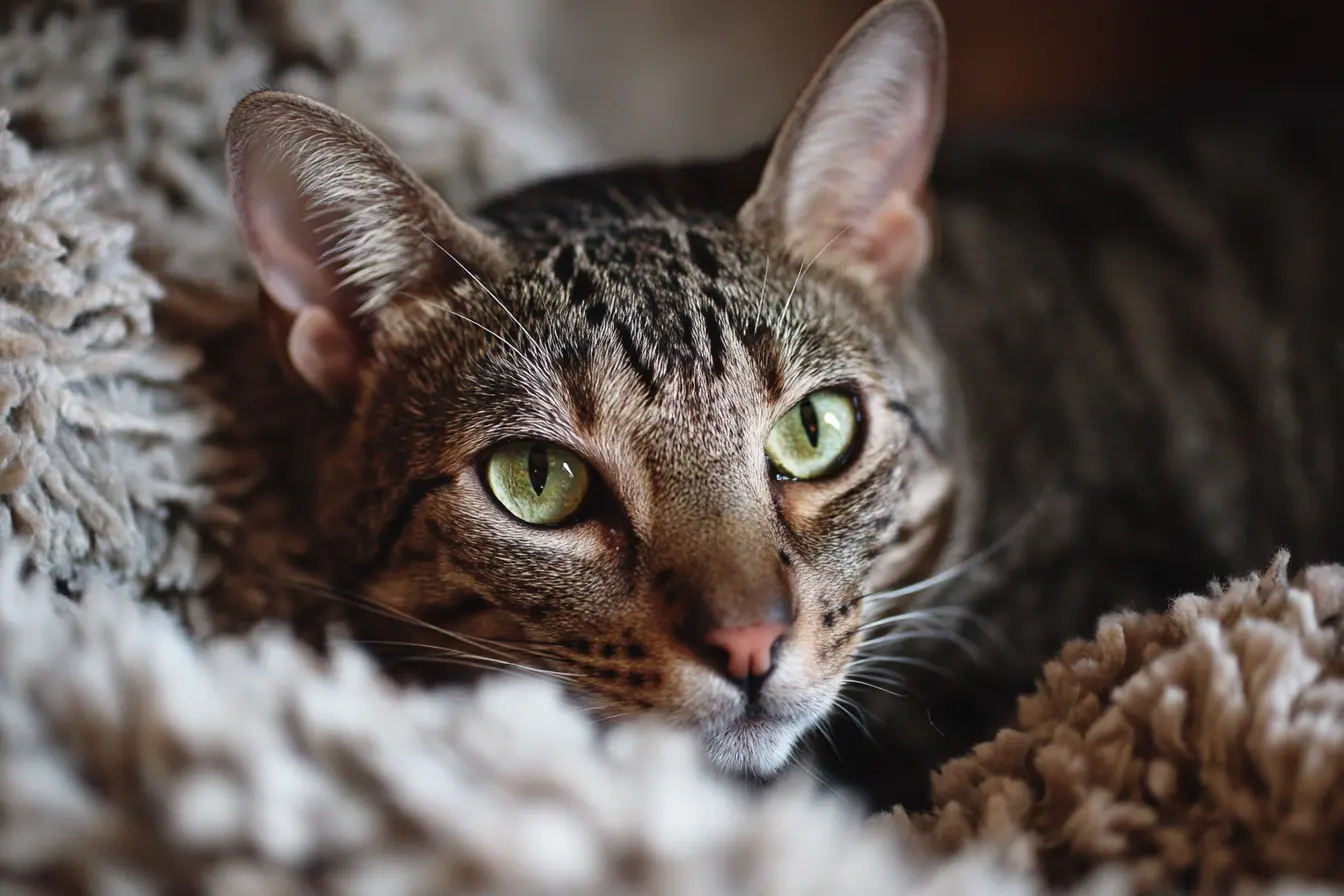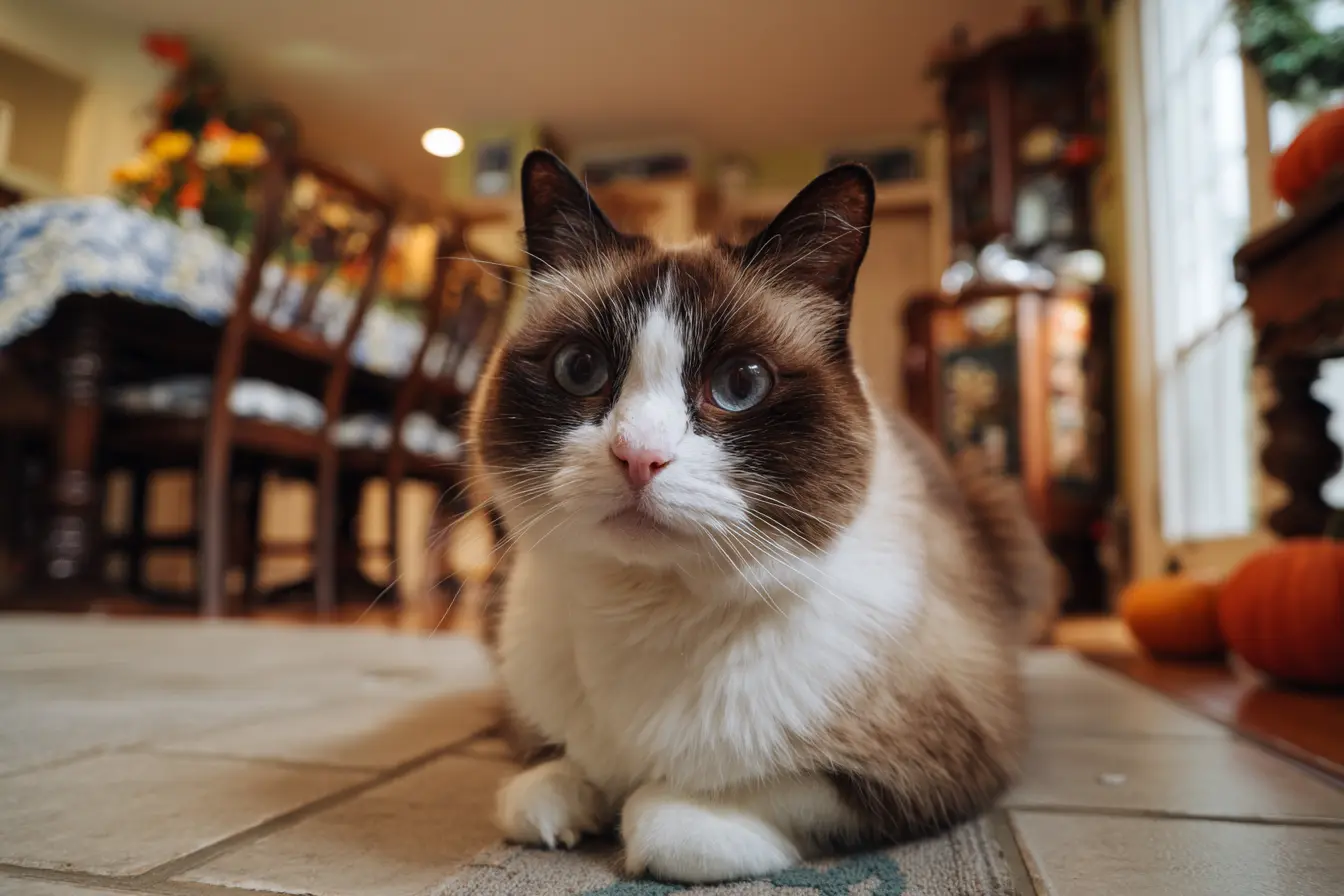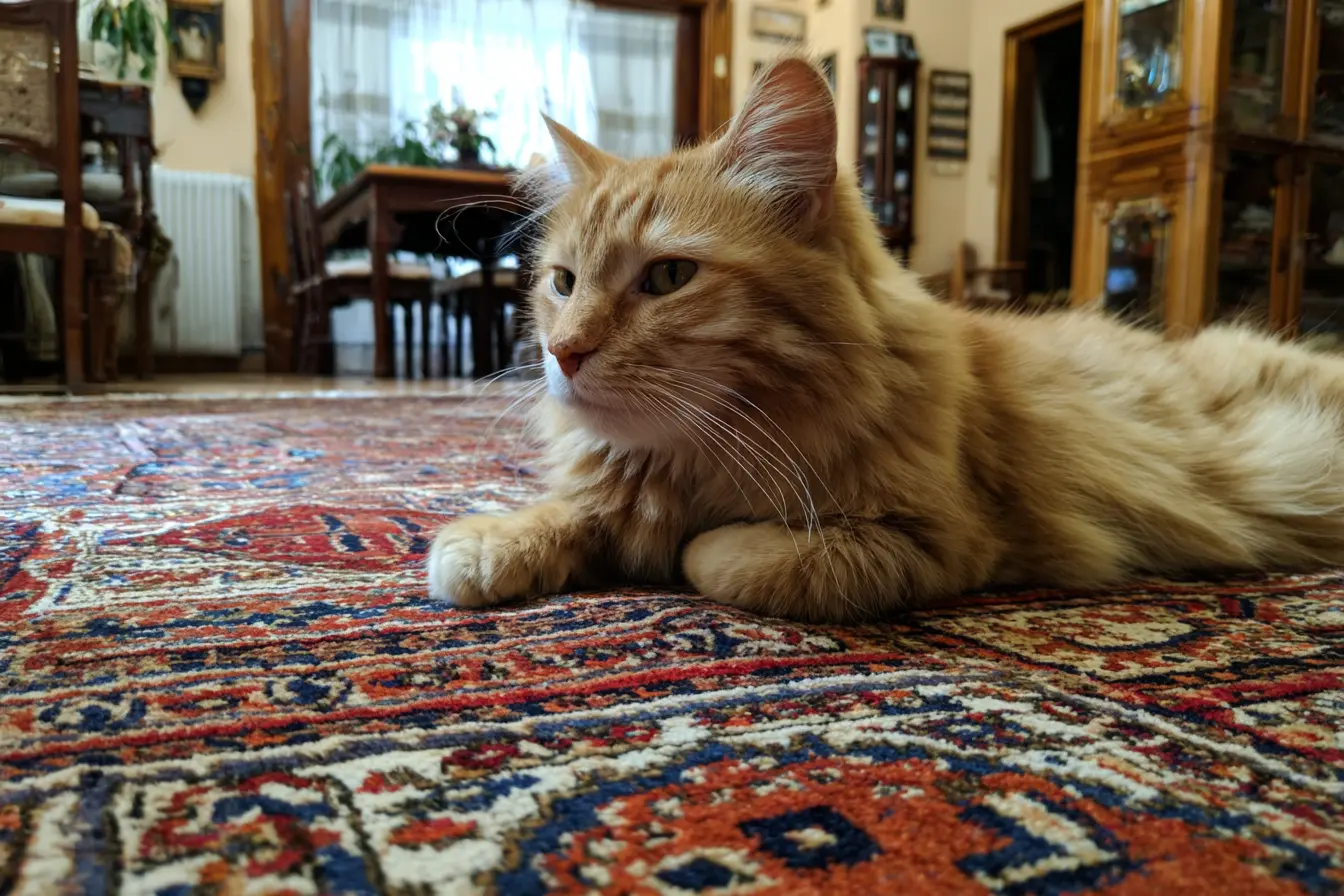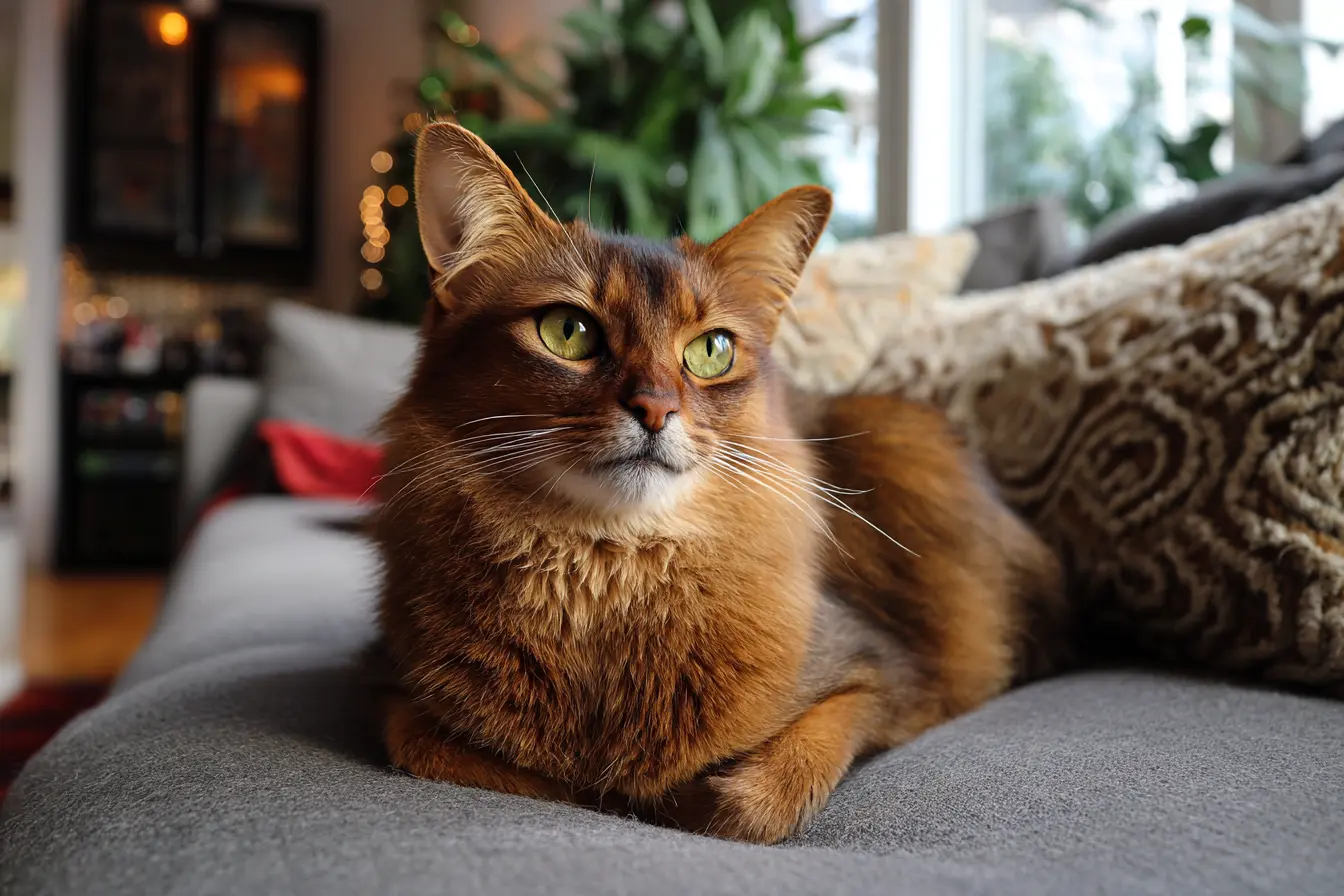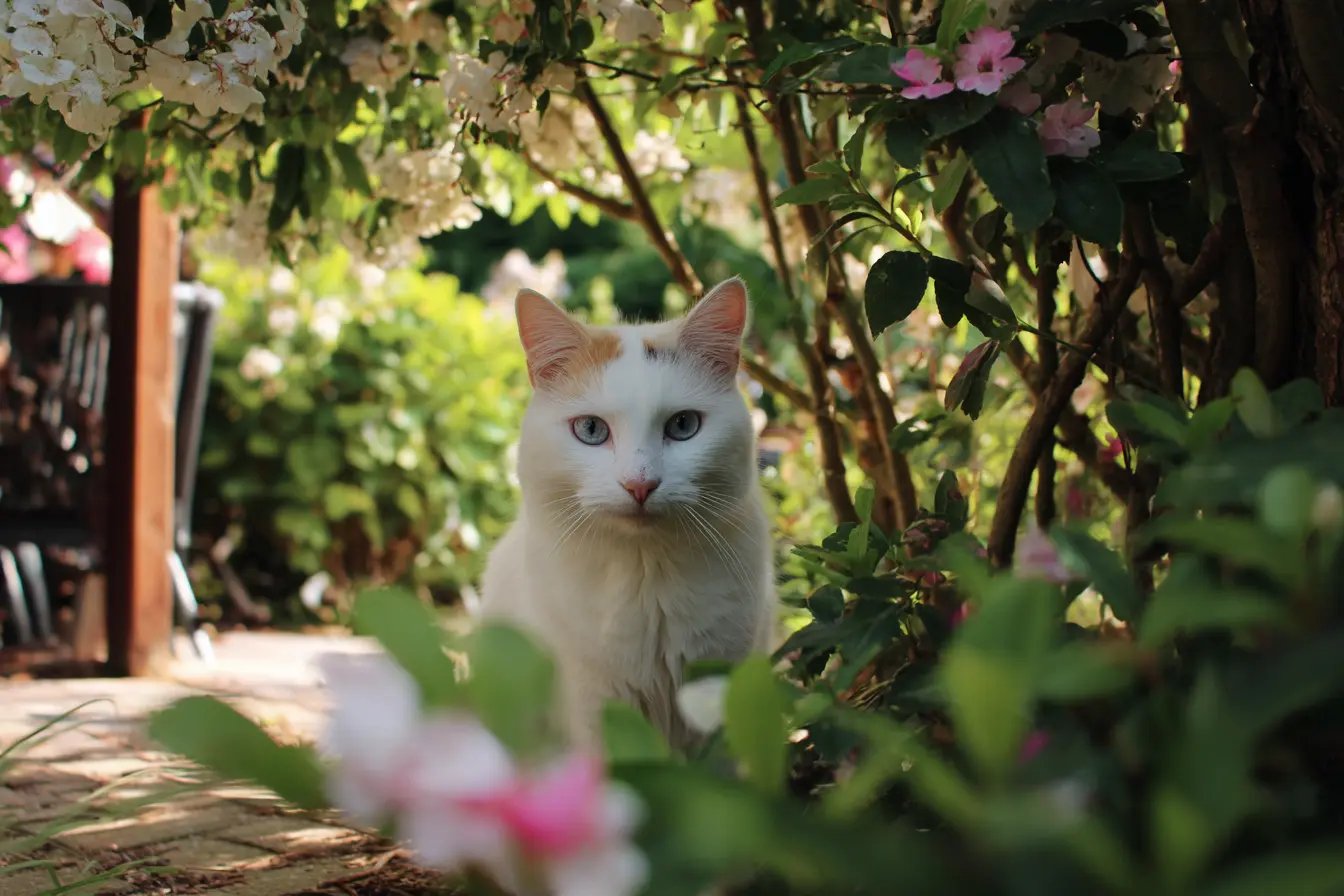
The Turkish Van cat: a rare swimmer with a striking look
Known for its unusual love of water and striking appearance, the Turkish Van is one of the most distinctive and intriguing cat breeds in the world. With its semi-long coat, expressive eyes and energetic personality, this breed offers a unique blend of beauty, curiosity and independence. This guide explores the Turkish Van’s history, temperament, grooming needs and suitability for modern cat-loving homes.
Breed history and characteristics
The Turkish Van originates from the Lake Van region in eastern Turkey, where it has existed for centuries as a naturally occurring breed. It was introduced to the UK in the 1950s by British travellers who were captivated by the cats’ unusual markings and love of water. The breed was further developed in Europe and is now recognised by major cat registries.
Turkish Vans are medium to large in size, with a muscular, athletic build. They are known for their distinctive colour pattern called the "Van pattern" — a white body with colour restricted to the head and tail. Common colours include red, cream, and black, often in solid or tabby variations.
Their eyes can be amber, blue, or one of each, adding to their dramatic appearance. Their semi-longhaired coat is soft and cashmere-like, with no undercoat, making it water-resistant and easy to maintain.
Temperament
Turkish Vans are intelligent, energetic and playful. They are natural explorers and enjoy climbing, leaping, and investigating new spaces. Unlike many cats, Turkish Vans are famously fond of water and may enjoy paddling in shallow basins or even joining you in the bath. This fascination with water has earned them the nickname "the swimming cat".
They are affectionate but independent. While they bond strongly with their chosen humans, they are not typically lap cats. They enjoy interaction on their own terms and may prefer to sit beside you rather than on you.
Turkish Vans are best suited to owners who appreciate an active, inquisitive cat that thrives on stimulation and variety.
Health and lifespan
Turkish Vans are generally healthy cats with a lifespan of 12 to 17 years. Because they are a natural breed with a long lineage, they tend to be robust and resilient. However, as with all cats, regular veterinary check-ups, vaccinations and preventative care are essential.
A small percentage of white-coated Turkish Vans with blue eyes may be prone to congenital deafness, a trait found in many all-white cats, though it is far less common in those with the traditional Van pattern.
Grooming and care
Despite their semi-longhaired appearance, Turkish Vans require minimal grooming. Their single-layer coat is naturally resistant to tangling and shedding, though more brushing may be needed during seasonal moults in spring and autumn.
A weekly comb or brush will help keep their coat in good condition and reduce shedding around the house. Other regular care should include:
- Nail trimming
- Dental hygiene
- Ear checks and cleaning
Because of their energetic nature, Turkish Vans benefit from a variety of toys and climbing structures to keep them physically and mentally stimulated.
Living environment
Turkish Vans are best suited to homes that provide plenty of space to explore. They thrive in environments where they can climb, run and interact with their surroundings. They do well in homes with secure outdoor access such as enclosed gardens or catios, but they should not be allowed to roam freely due to their adventurous nature and potential dangers outdoors.
They may not be ideal for first-time cat owners looking for a quiet or highly cuddly cat, but they make wonderful companions for active households or people who enjoy interacting with intelligent, energetic animals.
Training and socialisation
Turkish Vans are quick learners and can be trained to respond to commands, play fetch and use puzzle toys. They enjoy games that challenge their minds and benefit from early socialisation to ensure they are confident around people and other pets.
Introducing a Turkish Van kitten to various experiences early in life will help build a well-adjusted, adaptable adult cat. They generally get along well with other animals, though they may prefer to be the dominant personality in the room.
Considerations for prospective owners
- Turkish Vans are highly active and need space and stimulation
- They are affectionate but not typically lap cats
- Their coat is low-maintenance but may shed seasonally
- They may enjoy playing with water, so be prepared for splashes
Conclusion
The Turkish Van is a rare and rewarding companion for those who can provide the activity and engagement this intelligent breed craves. With their unique appearance, playful spirit and love of water, they are sure to capture attention and hearts wherever they go.
If you’re considering a Turkish Van, spend time learning about the breed and speak to reputable breeders or rescue organisations who can help match you with a kitten or cat suited to your home. As with any pet, a Turkish Van is a long-term commitment — but one that brings years of energetic affection and unforgettable character.
Vets near you
Speciality vets
- Aquatics vet specialists
- Birds vet specialists
- Camelids vet specialists
- Cats vet specialists
- Cattle vet specialists
- Deer vet specialists
- Dogs vet specialists
- Equines vet specialists
- Exotic vet specialists
- Goats vet specialists
- Pigs vet specialists
- Poultry vet specialists
- Sheep vet specialists
- Small Mammals vet specialists
- Wild vet specialists
